
Lead generation is an imperative role for any B2B marketer that is worth their salt as it generates MQL leads. 50% of marketers consider lead generation a top priority in their marketing campaigns. Therefore, it isn’t a surprise that when it comes to lead generation, most marketers simply focus on getting as many leads as possible. The emphasis is more on quantity rather than the quality of leads. The problem with this focus soon becomes apparent because getting leads is not the end goal but rather a means to the goal of getting more customers.
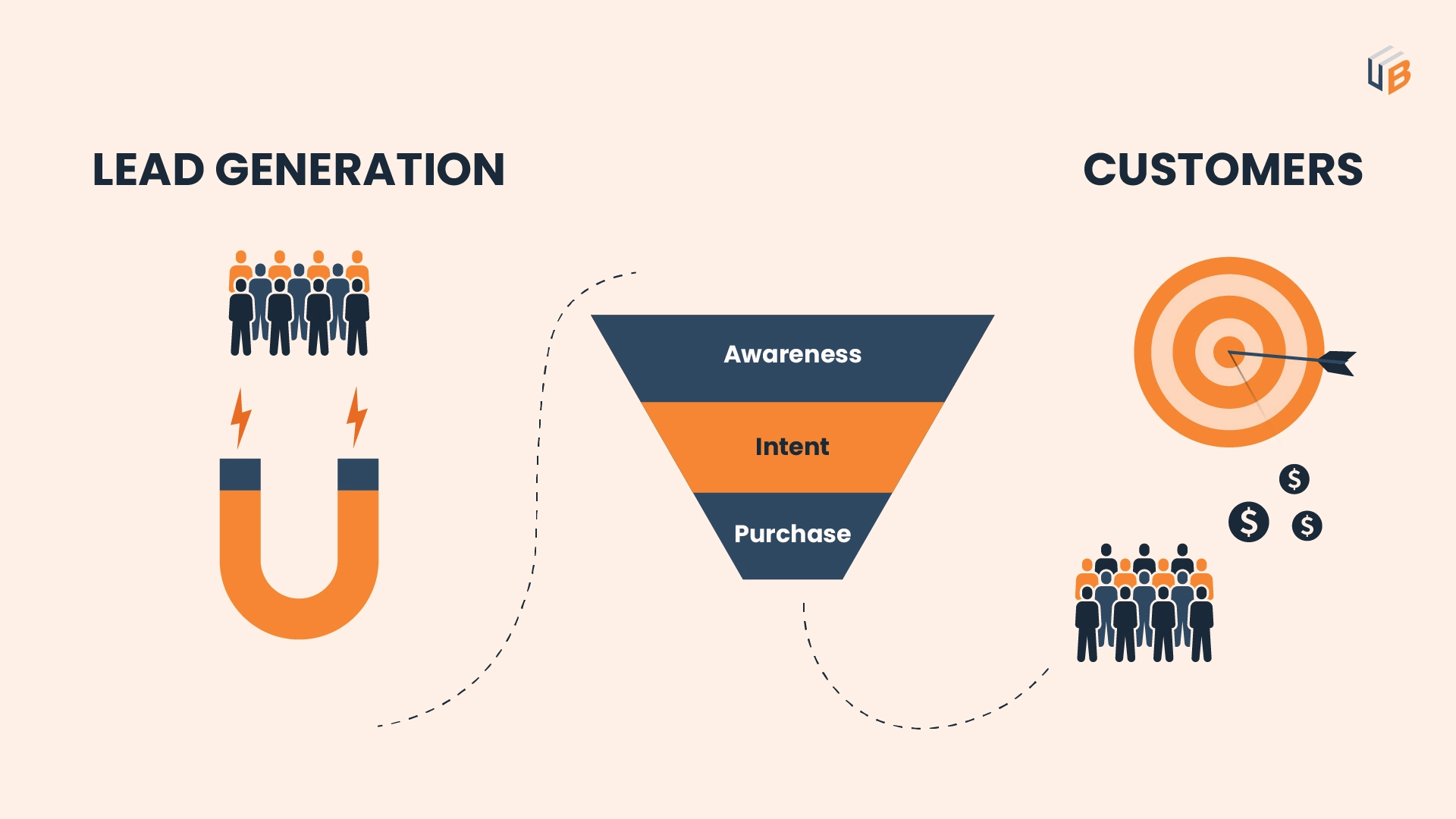
Unfortunately, the issue of aimlessly gathering more and more leads doesn’t just end here. Soon, the marketers direct the leads to sales teams, who then have to plow through an unnecessarily large number of low-quality leads. Teams then become discouraged, stop following up, and miss the few good leads that are among the vast amount of low-quality leads.
Before things spiral out of control, it is essential to understand the unified lead generation strategy (source of leads), the nuance behind each lead, how to differentiate these nuances, and how these nuances are important to the B2B marketer.
Types of Lead
All leads can be qualified or placed in one of two main categories. The main types of lead are:
- Marketing Qualified Lead (MQL)
- Sales Qualified Lead (SQL)
MQL in marketing is a person who knows that they have a challenge or issue because they are experiencing its signs. They are keen to find out more about their specific challenge and have shown some interest/intent to purchase an appropriate solution once they better understand the underlying issues.
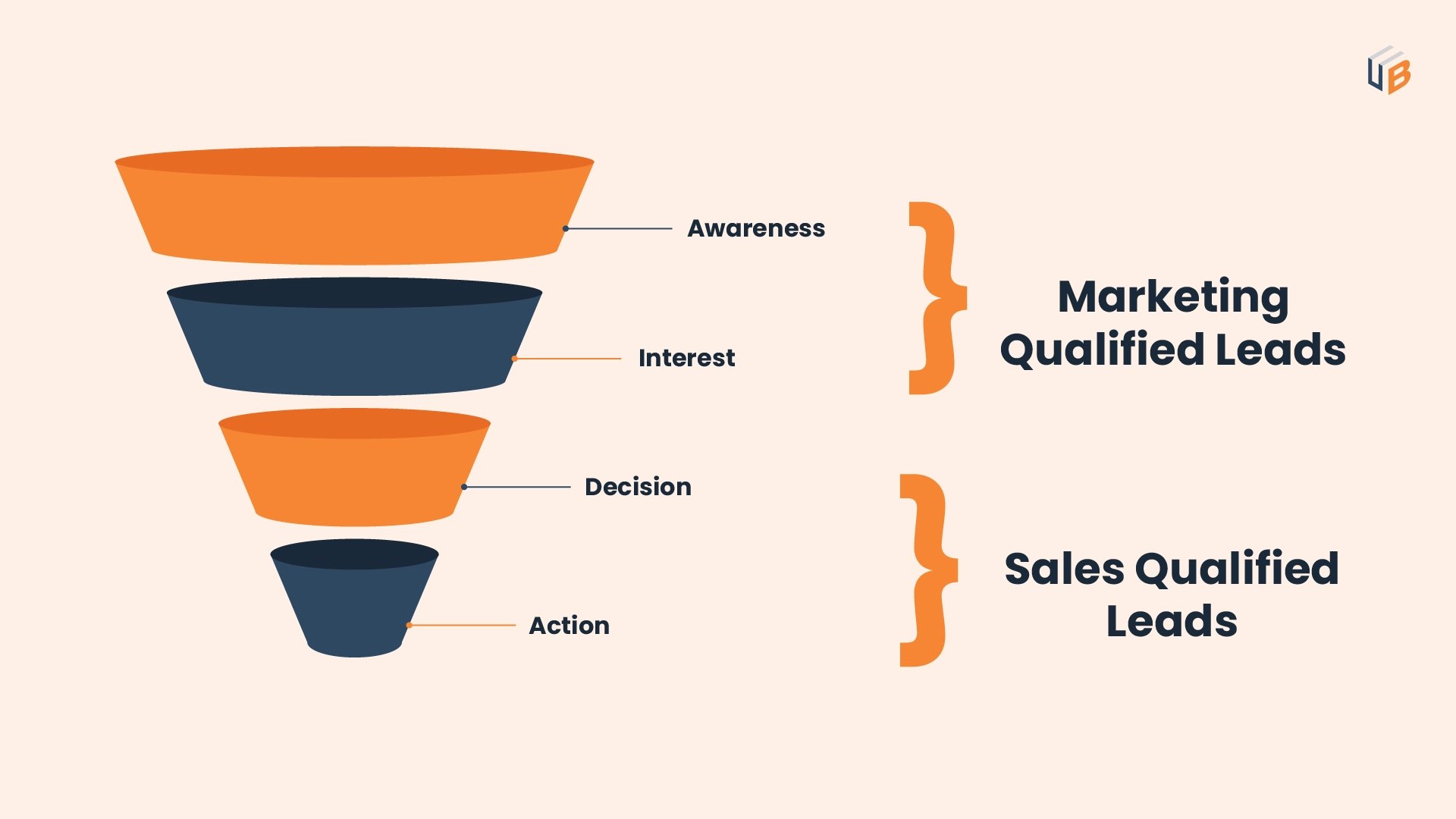
An MQL is either symptom-aware and/or problem-aware and is open to receiving detailed information including calls to action and strong marketing messages including telemarketing. They are open to being nurtured by different brands because they want to understand all the features and benefits of each product that can potentially solve their problem.
Once the MQL makes their choice about the brand or product that will solve their problem, they then become an SQL. The SQL is solution-aware they know they have a problem, they understand that the issue needs to be dealt with and they already incline a specific brand. All that is left is to make the final purchase decision.
Different Sources of Leads
Multi-channel lead nurturing is the best way to not only reach more people but to also reach the kind of high-quality MQLs that will convert into customers. It involves communicating with leads through a series of targeted messages, delivered across multiple platforms, devices, and touchpoints. Multi-channel lead nurturing is about matching a specific lead with the right content, through the right channel and at the right time. A bespoke approach, as opposed to an across-the-board strategy, is the way to go. Additionally, audiences want their attention to be earned, this means that all content must have compelling value.
Compelling value is created through lead magnets which are tools that provide value to a visitor in exchange for information that demonstrates an interest in a website. The goal of the lead magnet is for the marketer to gain permission for follow-up from the lead.
Examples include subscriptions, email-opt-ins, and social media followers placed in different content including:
- Training video series
- Whitepapers
- Expert interviews on relevant topics
- Webinars
- Free trial
- Ebooks
- Bonus tips

Some of the different lead generation strategies that a B2B company can employ are as follows:
- Building an incentive based-referral system
- Email marketing
- Create mutually beneficial lead-swapping relationships with other companies
- Build and maintain a website
- Search Marketing
- Content marketing, e.g., content syndication, eBooks, video, and whitepaper syndication
- Social Media
- Seminars
- Live Chat
- Influencers
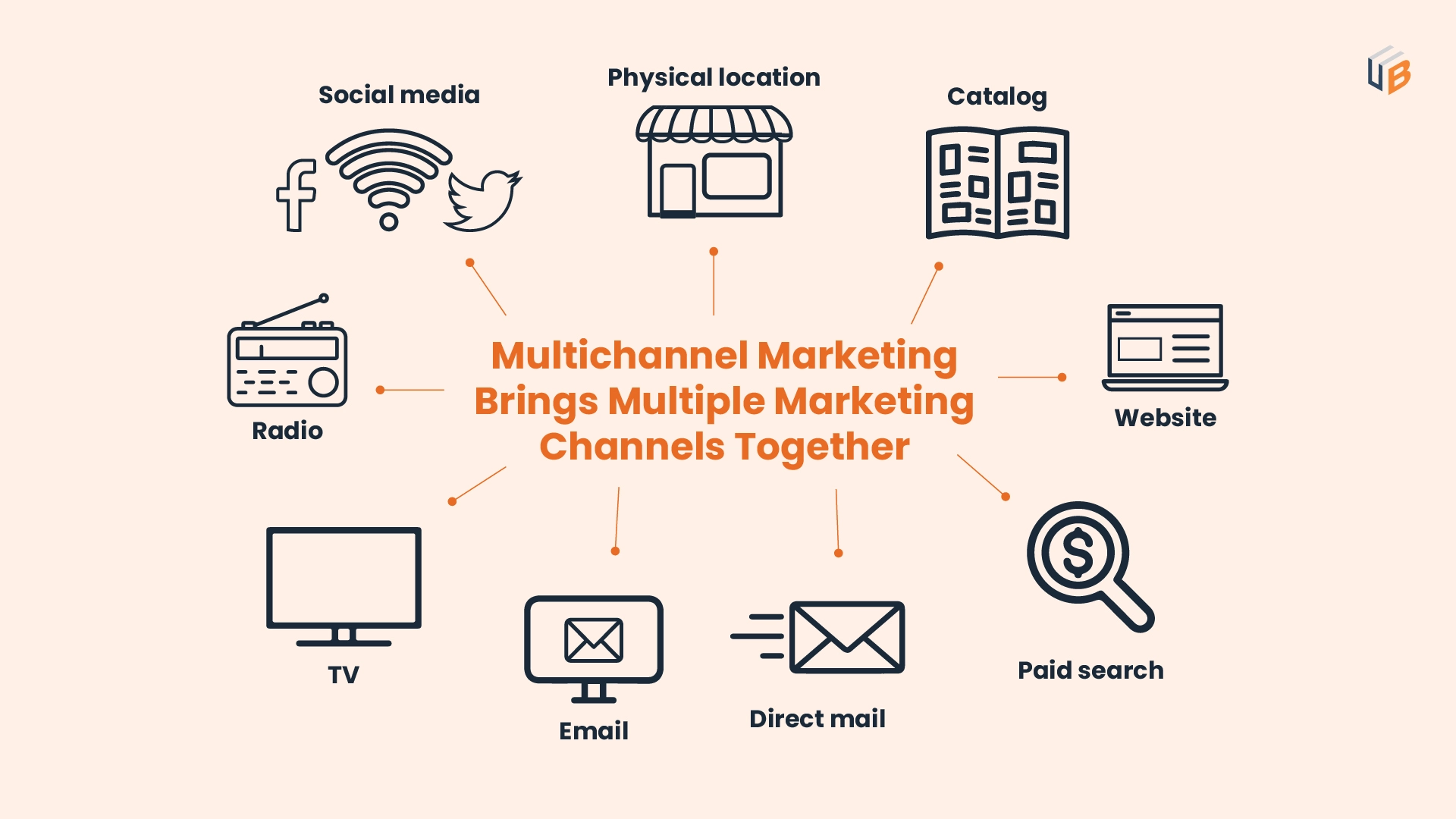
How To Qualify MQL
Leads need to be qualified as either symptoms/problem-aware (MQL) or solution-aware (SQL). Beyond this, the nuance behind each MQL needs to be revealed and prioritized. This qualification and prioritization process is best done through lead scoring.
1. Lead Scoring
Lead scoring is a method used by marketing and sales teams to determine how worthy a lead is by pegging a value (assigning points). This is based on their engagement, behavior, or interest towards a product across the sales funnel. It is usually part and parcel of marketing automation software.
For example, If a contact:
- Submit personal information and a message through the website’s ‘Contact Us’ page – Add 6 points
- Submits personal information at the company landing pages – Add 7 points
- Subscribes to an email campaign – Add 7 points
- Submits their information after a telemarketing campaign – Add 5 points
- Unsubscribes from an email list – Deduct 6 points
Based on this point system both sales and marketing will agree on a methodology to rank the interest/intent of the lead and therefore decide whether it is MQL leads or SQL. Depending on whether the lead is ‘hot,’ ‘cold’ or ‘warm,’ either sales teams, marketing teams (or both teams) will be assigned for lead nurturing.
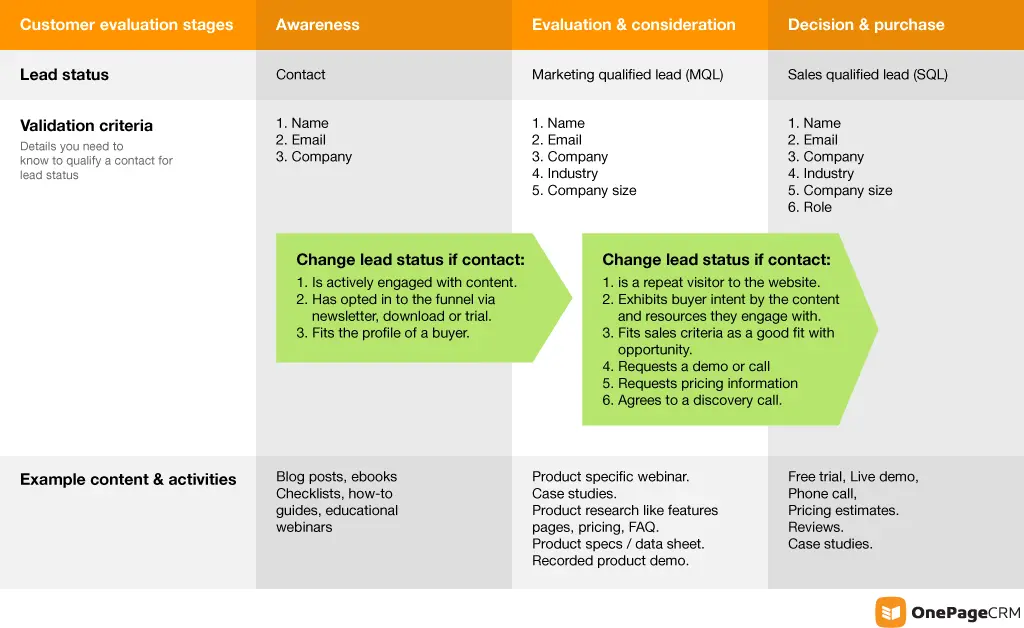
To set up a lead scoring system, sales and marketing teams must both agree on the following:
- Developing a buyer profile
- Define and understand Interest and Intent
- Define MQLs and decide on a lead scoring model. Determine the actions that indicate intent/interest
- Have a common understanding of what problem the product /service solves for the lead
- Determine firmographic/demographic qualification factors and understand the decision-making process including:
- The number of people involved in decision-making
- The best B2B content strategy based on buying cycles for each stage of the funnel
- The right questions to ask the lead
- How to best capture any useful information from the lead
2. Setting Specific Lead Goals
Here is a sample of a simple approach to take:
- Find out the number of successful deals that need to be closed in a calendar year. Research can be based on what other businesses in the industry have been able to achieve.
For example, if the business sets an incremental revenue target of $20 million, with each deal averaging $40,000. This would mean that the sales team needs to successfully close 500 deals.
- Find out the average close rate of each deal to determine the total number of opportunities or ‘total Sales Qualified Leads’ that you should target.
For example, with an average close rate of 30%, the sales team will need 2,000 SQLs to reach the target.
- Find out the percentage of MQLs that convert into SQLs.
For example, if 20% of MQLs convert to SQLs, then the marketing team, and/or inbound marketing agencies will need to produce 10,000 MQLs.
Through such a model, the marketing and sales teams will be clear about their respective targets and, therefore, keep track of how many MQLs and SQLs they need to reach the total revenue goal.
Additionally, the marketing team will have the tactical adaptability and scalability to generate the required number of high-quality leads through a multi-channel approach that is either inbound-driven, outbound-driven or a combination of the two.
3. Importance of Understanding Types of MQL Leads
When you address each MQL in marketing uniquely based on their qualification, both marketing and sales teams make better use of their time and marketing efforts to convert leads into customers and maximize revenue. More specifically, understanding the types of MQL is useful to the marketer in the following ways.
An Understanding of The Ideal Customer
The way a lead is found and the interest they show allows the marketer to appreciate the client’s potential and/or problems which in turn allows the marketer to either provide relevant content for further nurturing or send them immediately to the sales team.
Increases the ROI of Content Marketing
By understanding the different kinds of MQL leads and where they are in the buyer’s journey, the marketer is able to increase the number of leads that become customers. This understanding comes from a lead scoring strategy which includes an understanding of the buyer persona that allows a smoother nurturing sales process that ends up converting the lead into a customer.
The Sales Funnel Becomes More Effective
There is a better understanding of the potential client including whether they are symptom-aware, problem-aware, or solution-aware. This allows the marketer to take the right steps in solving the client’s problem. As such, the marketer understands at a more granular level the type of MQL leads they are dealing with and when it is time to transition them to the sales team as an SQL without losing any opportunities.
Increased Revenue
An understanding of the MQL leads allows the marketer to make the right decisions regarding engagement and the kind of content to create for the lead. This understanding will lead to a lower cost of customer acquisition as well as a smoother and faster transition through the sales funnel. All this puts the marketer and sales team on the right track toward increased revenue.
The Bottom Line:
Understanding the fine print of MQLs and SQL can bring the best results for your marketing strategies and efforts. Best lead generation companies know that and this is where they create all the difference. With efficiency and expertise, you can segment each lead and nurture them for better conversion and ROI.
Our blog
Latest blog posts
Tool and strategies modern teams need to help their companies grow.

Take advantage of the year-end holiday rush so you can boost your SaaS revenue and st...
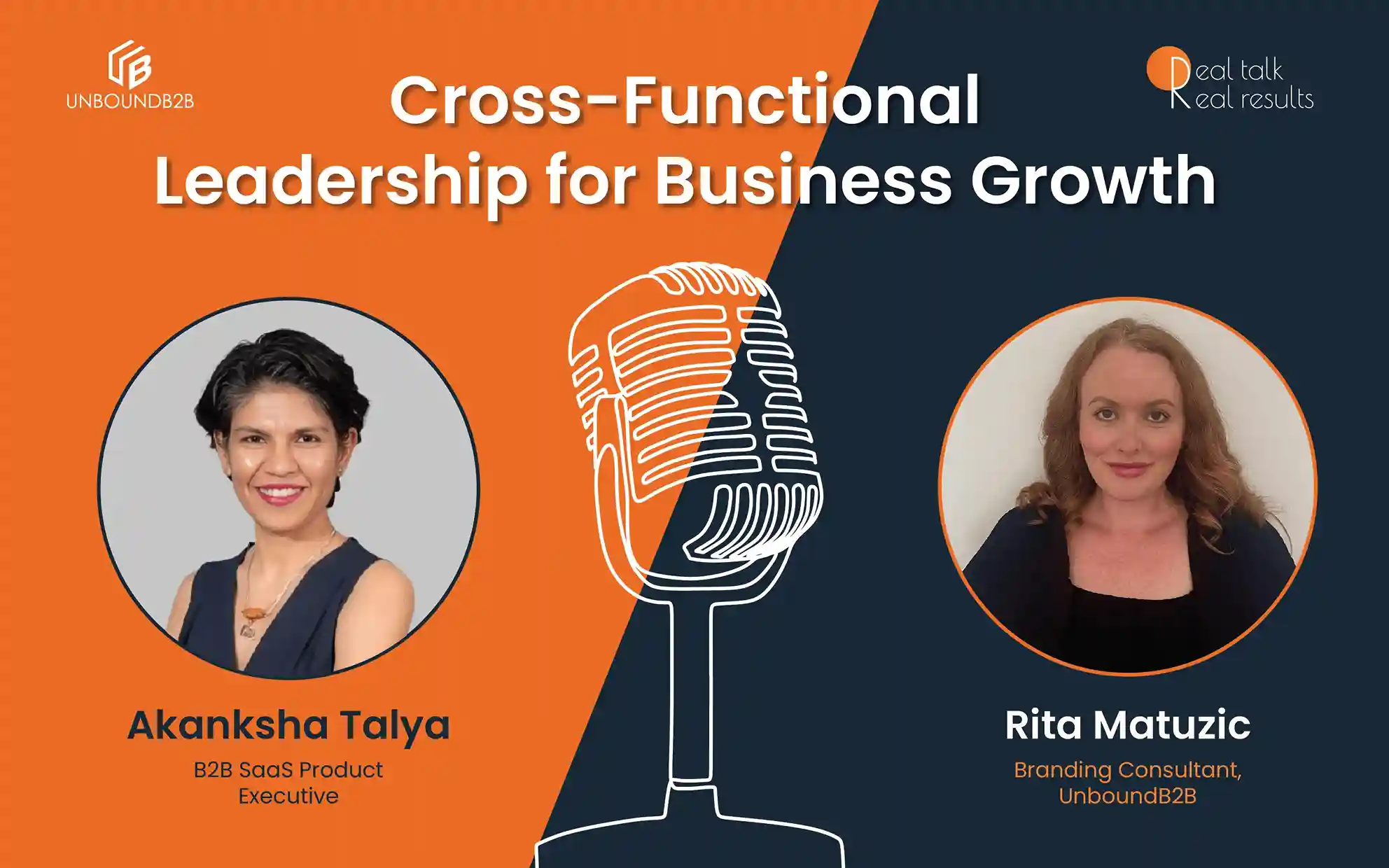
Boundaryless, cross-functional leadership is the key to successful, high-performing p...

There are various methods to target your ideal customers in programmatic advertising,...






